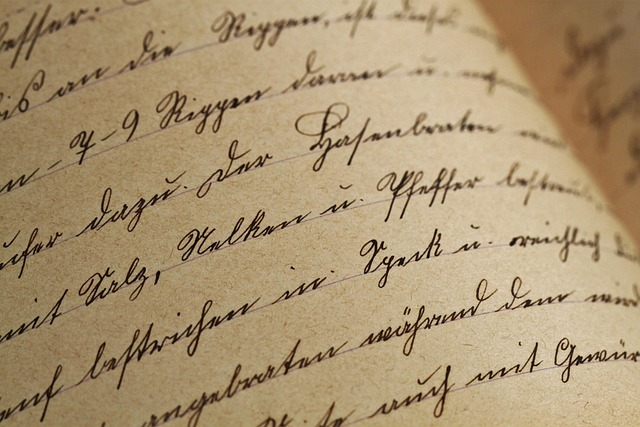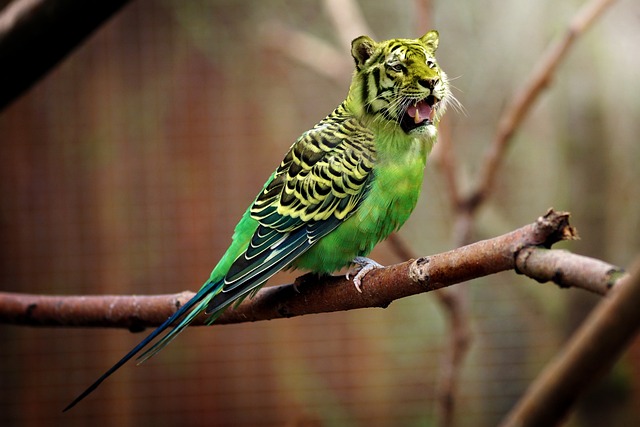Typography is more than just the arrangement of letters and characters on a page; it is an art form that significantly impacts fine arts and culture. As a vital component of graphic design, typography can evoke emotions, convey messages, and establish identities. The interplay between text and visual elements creates a powerful medium through which artists and designers communicate their ideas and sentiments.
In the realm of fine arts, typography has the potential to transform an ordinary canvas into an extraordinary narrative. Artists frequently incorporate typographic elements into their work to add depth and context. Consider the vibrant world of street art, where graffiti artists utilize bold fonts and intricate lettering styles to express their thoughts and connect with a broader audience. These typographic choices not only embellish the artwork but also invite the viewer into a conversation about cultural identity, societal issues, and community engagement.
Culture, too, is shaped by the typography that surrounds us. From the fonts used in advertising to the styles seen in social media, typography plays a crucial role in reflecting and influencing cultural trends. The choice of typeface can be a political statement, a representation of modernism, or an homage to traditional craftsmanship. Designers and typographers often draw inspiration from historical contexts, melding them with contemporary influences to create designs that resonate with current cultural movements. This blending of styles demonstrates how typography serves both as a mirror and a mold for society.
Moreover, typography is a vital element in art education and appreciation. As aspiring artists and designers learn about the principles of design, typography inevitably becomes a part of their vocabulary. Understanding the history, anatomy, and functionality of type helps them to craft more cohesive and impactful works. In exhibitions and galleries, the way text accompanies visual art can dramatically alter the viewing experience. A well-placed piece of typography can elevate an artwork, impart crucial information, or guide the audience’s emotions in a specific direction.
In conclusion, typography is not merely a tool—it’s an essential language of its own. It shapes the fine arts and culture by serving as a conduit for communication and expression. As the world evolves, so too will the forms and styles of typography, adapting to new technologies and cultural shifts while continuing to leave a lasting impression on the tapestry of human creativity.




